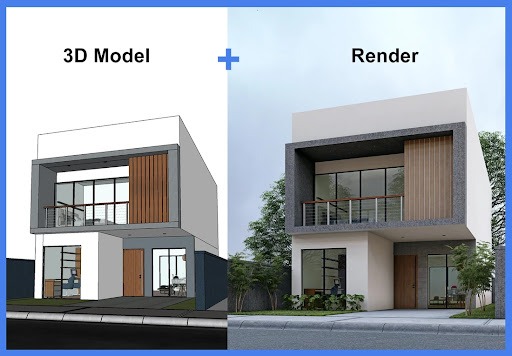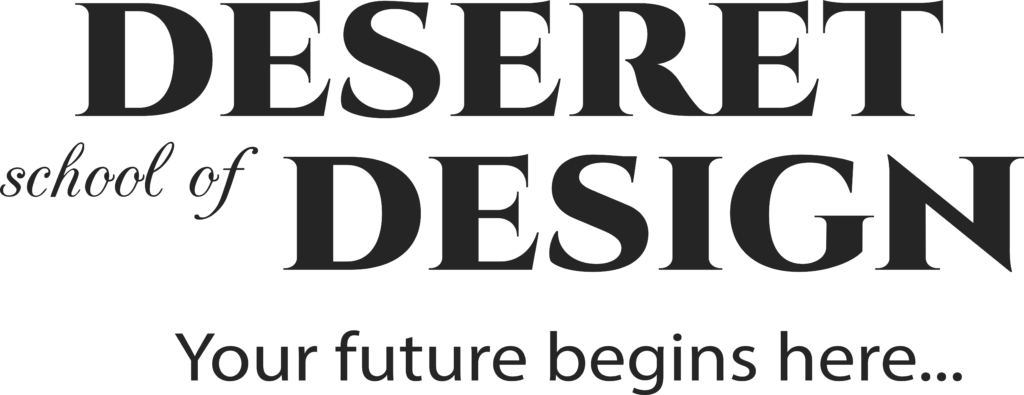Table of Contents
- Introduction
- Understanding 3D Modelling: From Sketches to Digital Structures
- Rendering: The Craft of Visual Realism
- Modelling vs Rendering: Why the Difference Matters
- Learn to Render with Revit, Lumion, and VRay at Deseret
- Conclusion
Introduction
In the world of digital design, stunning visuals don’t just happen, they’re built, refined, and perfected through a creative process that begins with 3D modelling and comes alive through rendering. While both processes are essential in producing the breathtaking visuals we see in architecture, animation, and product design, each serves a unique purpose. At Deseret School of Design, we understand this journey and have tailored our rendering courses in Revit, Lumion, and V-Ray to help students take their designs from basic sketches to visually captivating masterpieces.
Understanding 3D Modelling: From Sketches to Digital Structures
At its core, 3D modelling is the foundation of every digital visualization. It’s the stage where ideas are first given form, where architects sketch out the structure of a building or designers shape the body of a product in digital space. Using tools like Revit, Maya, or Blender, designers work with geometry—vertices, edges, and faces, to build objects with depth and dimension.
Whether it’s the clean lines of a skyscraper or the curves of a character in a game, modelling is all about structure. It’s technical, precise, and detail-oriented, often requiring a strong understanding of measurements and proportions. However, while a model may look like a finished product to the creator, it usually lacks realism. That’s because modelling only gives you the “shape.” The visual magic happens in the next stage—rendering.

Rendering: The Craft of Visual Realism
Rendering transforms 3D models into photorealistic images or animations. This process involves changing flat greys and wireframes into more realistic visuals. It's similar to photography in digital design, where lighting, materials, and camera angles create a realistic model.
Designers use this phase to simulate glass reflections, add realistic shadows, or create moody lighting. Tools like Lumion, V-Ray, and Revit's rendering engine are crucial for achieving these effects. They allow artists to add materials and experiment with different lighting environments.
Our rendering courses at Deseret School of Design focus on these essential skills. We provide hands-on training to help students master lighting, work with real world textures, and create impactful visual presentations for various fields.
Modelling vs Rendering: Why the Difference Matters
Understanding the difference between modelling and rendering is more than just technical know-how. It’s key to producing compelling design work:
- Purpose: Modelling builds the structure; rendering sells the vision.
- Tools: In addition to this, modelling uses structure-focused software (like Revit), while rendering uses tools designed for visual output (like Lumion and V-Ray).
- Output: Modelling creates editable 3D objects; rendering produces polished 2D images or animations.
- Skillset: Lastly, modelling is about precision and construction, while rendering is about mood, lighting, and storytelling.
To put it simply, you sketch and build with modelling, but you communicate and persuade with rendering.

Learn to Render with Revit, Lumion, and V-Ray at Deseret
As the demand for high-quality visual presentations continues to grow across industries, mastering rendering is no longer optional, it’s a competitive advantage. At Deseret School of Design, we offer specialized rendering courses in:
- Revit – Learn how to produce clean architectural visuals straight from your BIM workflow.
- Lumion – Explore real-time rendering with a focus on speed, intuitive controls, and dynamic environments.
- V-Ray – Master one of the industry’s leading rendering engines for creating cinematic-quality visuals with advanced lighting and material techniques.
Our courses are structured for students of all levels, from beginners looking to understand the basics of rendering, to professionals seeking to upgrade their visual output. Every course includes practical projects, expert-led guidance, and real-world scenarios, ensuring that students leave with a strong portfolio and confidence in their rendering skills.
Conclusion
In the end, 3D modelling and rendering are two sides of the same coin. You can’t have a great render without a solid model, and even the most detailed model needs rendering to truly shine. Together, they shape not just what we see, but how we feel about what we see.
Furthermore, at Deseret, our goal is to equip you with the skills to not only build your designs but to present them in ways that captivate and convince. Whether you’re designing the next iconic building or creating immersive environments, our rendering courses in Revit, Lumion, and V-Ray will help you bring your vision to life. Thus, you can achieve this brilliantly and beautifully.




 Course Fees Increasing on January 01/01/2026 ! Enroll now at current rates before prices go up.
Course Fees Increasing on January 01/01/2026 ! Enroll now at current rates before prices go up.